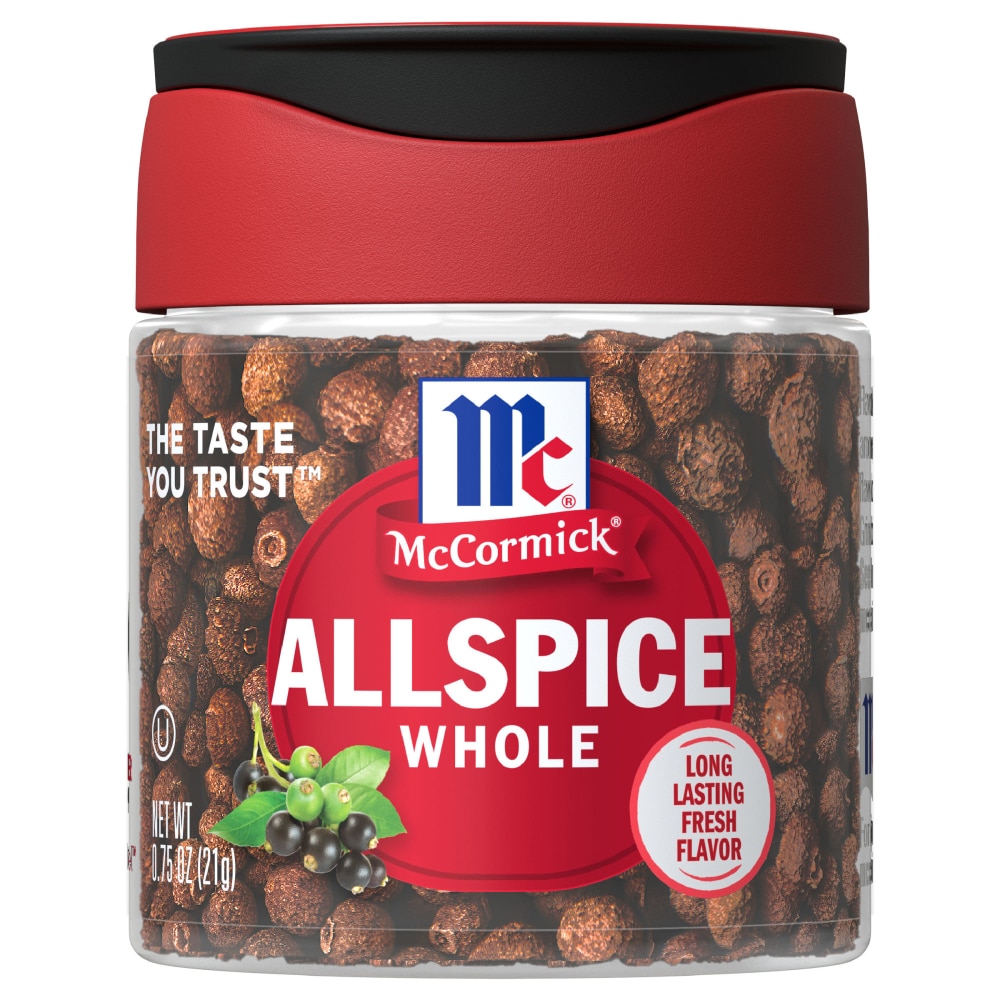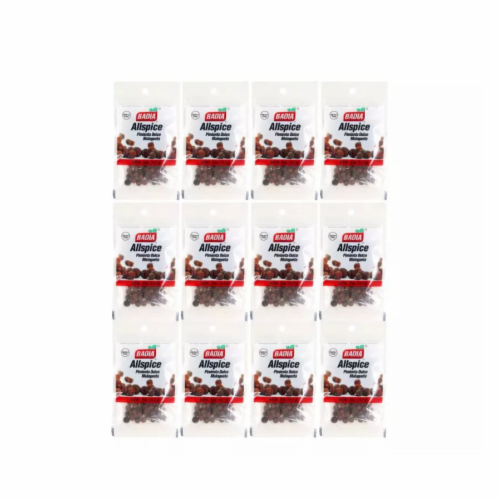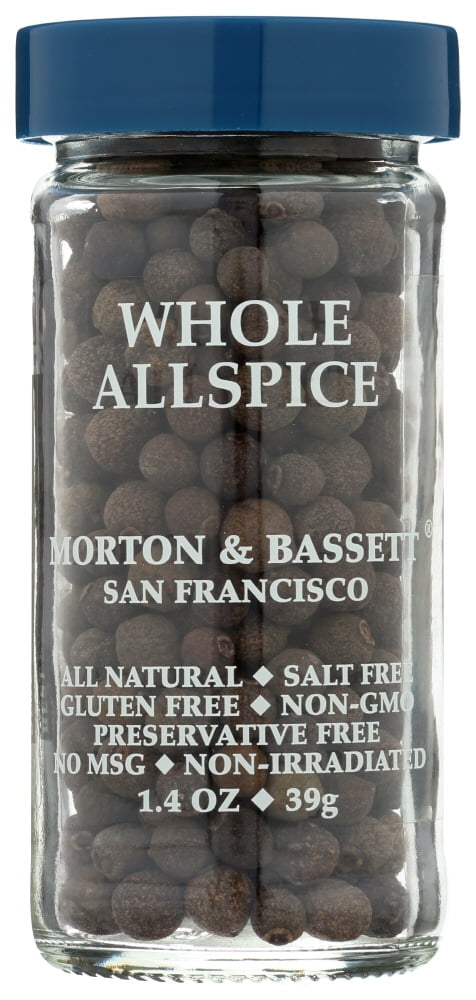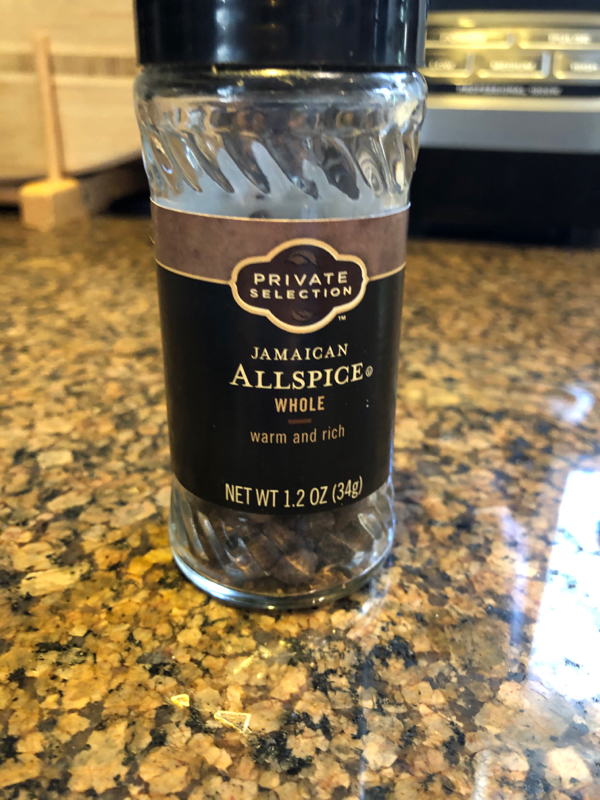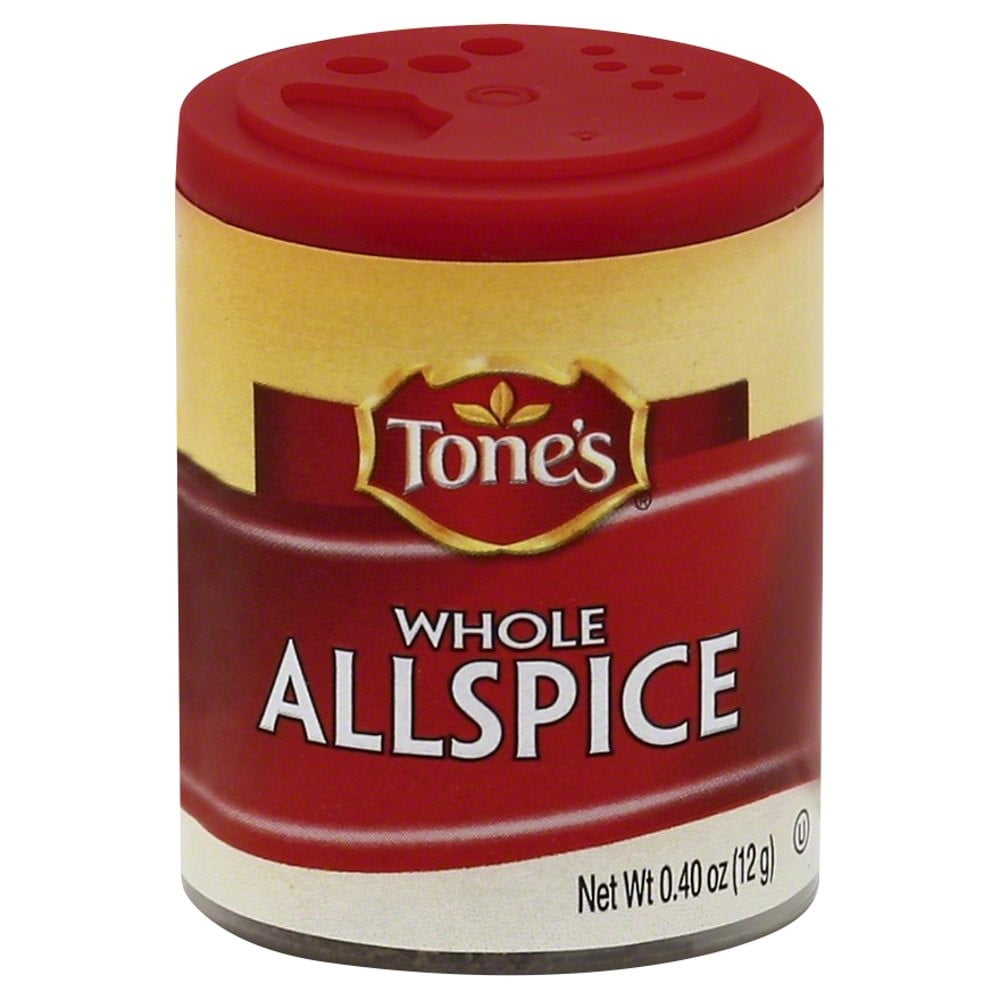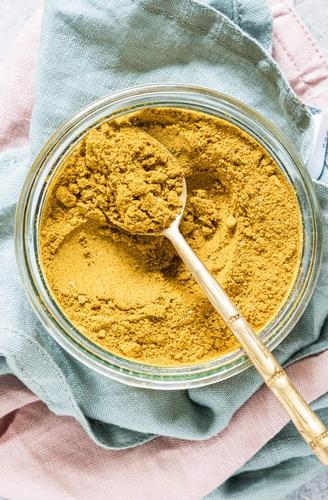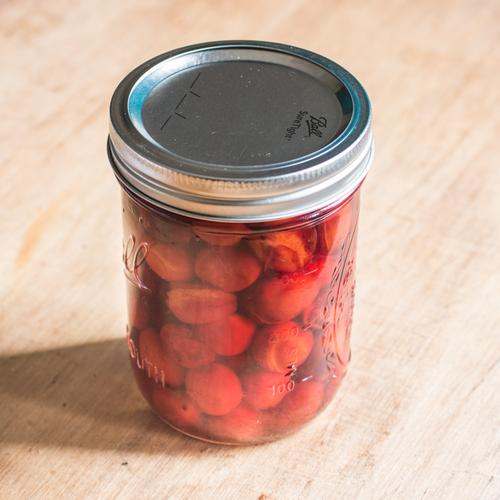CONDIMENTS AND SAUCES
MAIN DISHES
SOUPS
Whole Allspice
Whole allspice is a versatile spice that comes from the dried, unripe berries of the Pimenta dioica plant native to Central America, Mexico, and the West Indies. It is commonly used in both sweet and savory dishes, and its name derives from its unique aroma, evoking a blend of cinnamon, nutmeg, and cloves.
In addition to being an important component of various spice blends, such as Jamaican jerk seasoning and Middle Eastern baharat, whole allspice is also frequently used in pickling, marinades, and stews. When ground, it adds a warm and subtly sweet flavor to desserts, fruit preserves, and mulled beverages.
#116
IN SEASONINGS
$2.49
AVG / OZ
116 Whole Allspice Products
McCormick Whole Allspice
McCormick WHOLE Allspice
Badia Spices Whole Allspice
Badia 12 Pack Allspice Whole Seasoning Spice Blend
Whole Jamaican Allspice
Spicely Organic Allspice Whole - Glass Jar - Gluten Free - Non GMO - Vegan - Kosher
Morton And Bassett Seasoning Allspice Whole
Private Selection Private Selection, Jamaican Allspice Whole
Central Market Organics Whole Allspice
Tones Allspice, Whole
Used In 8 Recipes
Whole Allspice Is Frequently Used With
Whole Allspice FAQ
Whole allspice is a frequently misunderstood ingredient. Many inexperienced cooks assume it's a blend of various spices due to its name, but in reality, it's a single spice with a complex flavor profile. When cooking with whole allspice, the most common mistake is using too much or too little. Its potent flavor can easily overpower a dish if not properly tempered. For the best results, always follow the recipe's recommended quantities.
Many people also make the mistake of substituting ground allspice for whole or vice versa without adjusting the quantity. Ground allspice is more concentrated than whole, so if you're making a substitution, you'll usually need less of it. On the other hand, one can get the most out of whole allspice by toasting it beforehand to release its oils and enhance its flavor.
Moreover, because allspice can be used in both sweet and savory dishes, it's a valuable addition to any spice rack. However, it's underutilized in many kitchens, and skilled cooks can exploit its versatility to add depth and complexity to a variety of dishes.
Can I use ground allspice instead of whole allspice?
How do I grind whole allspice?
Can I substitute allspice for other spices?
Why is my allspice flavor not pronounced in my dish?
How do I toast whole allspice?
Does allspice go in sweet or savory dishes?
Does allspice make food spicier?
Can I use allspice in a curry?
What can I use instead of allspice?
Is allspice and five spice the same?
Expiration & Storage Tips
When does whole allspice expire?
Unopened whole allspice can last up to 4 years if stored properly, making it a relatively long-lasting spice. After it has been opened, it should retain its potency for at least 2 to 3 years. If you've ground the allspice yourself, it tends to lose flavor more rapidly and should be used within a year for best taste.
How do you tell if whole allspice is bad?
One of the best ways to tell if your whole allspice has expired is to smell it. If the spice no longer has a strong aroma when you crush a berry, it means it's probably lost its potency and should be replaced. Whole allspice should smell like a combination of cloves, cinnamon, and nutmeg, if you can't detect this aroma, it's time for a new batch. Visually, the berries should be dark brown and hard. If they begin to look dull or feel soft, they could be stale.
Tips for storing whole allspice to extend shelf life
• Store whole allspice in an airtight container placed in a cool, dry, and dark spot, like a pantry or cupboard. Avoid storing it near heat sources, like your stove or oven, or in direct sunlight, which can degrade its quality faster.
• To ensure the best flavor, buy whole allspice berries and grind them as needed. Ground spices lose their flavor more quickly than whole spices.
• Label your allspice jar with the date of purchase, so you can keep track of its age.
• Consider splitting your stock into two containers. Use one for daily use and one for long term storage. This limits the exposure to air and light for the long term lot.
EXPIRES WITHIN
2 - 3.6
YEARS
Health Info
Macros
Allowed on these diets
LOW FAT
HIGH CALCIUM
VEGETARIAN
KETO
PALEO
WHOLE 30
MEDITERRANEAN
LOW CARB
VEGAN
LACTOSE FREE
GLUTEN FREE

